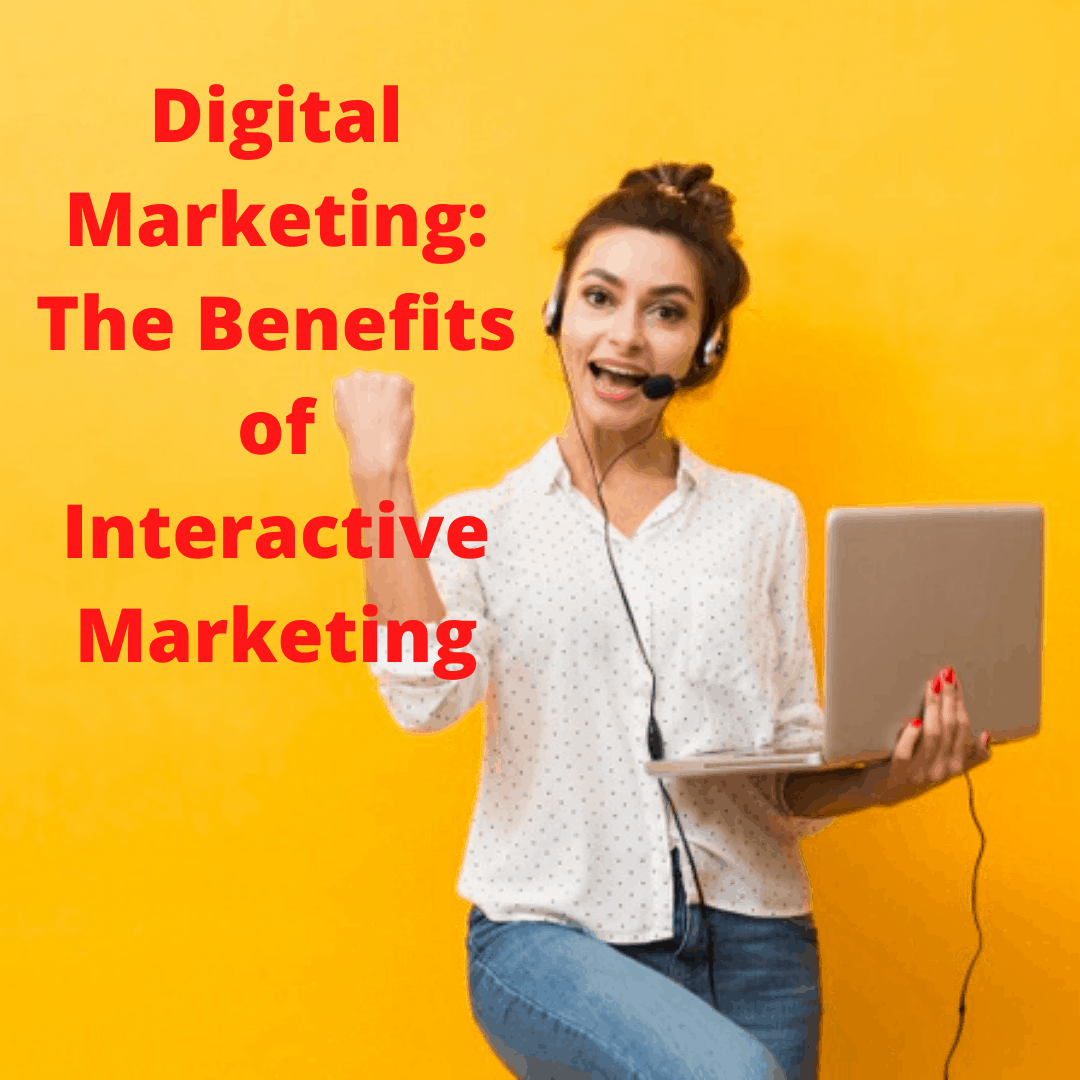
These days interactive marketing is one of the best methods that business owners can better meet their market’s needs. Interactive marketing involves a marketing tactic that is in direct response to something a consumer does.
Sometimes called trigger-based or event-based marketing, interactive marketing relies completely on an action started by the consumer.
Interactive Marketing Tips – Amazon
One of the biggest innovators in interactive marketing is Amazon. It collects and analyzes visitor behavior, then uses it to show meaningful information to the customer in the present.
Amazon offers “suggested reading” selections based on previous book searches or purchases.
This type of marketing is very effective for a personal shopping experience, leading to longer stays within a site and more purchases.
Amazon not only tells you what others are browsing that are similar to your search, but also, if you buy an item, Amazon will tell you what others who have bought that item also bought.
Amazon remembers your preferences and will send you emails or highlight online new similar and related items based on your browsing and buying history.
Benefits
The benefits of interactive marketing can be significant. It makes the consumer feel like they’re heard, understood, and receiving personal service.
Other benefits to interactive marketing include:
Increase sales
Interactive marketing increases the odds that you’ll deliver what the consumer needs thereby leading to a sale, as well as increase sales by recommending related items that result in the buyer tacking on other items that fit with their purchase.
Increase consumer satisfaction
Consumers like to buy things that most closely fit what they need. Since interactive marketing is based on actions by the consumer, you’re more likely to match them with the right product/service.
Low-cost marketing
Consumers like interactive marketing because they don’t have to repeat themselves. It’s like having a personal shopper. Happy customers not only stay with you but will refer you. It’s cheaper to keep a customer than get a new one.
Automation
No one spies you and watches what you do on the site. A system (software) tracks consumer actions and, based on algorithms, they suggest recommendations.
Cons
Interactive marketing requires detailed planning and implementation. While a system can execute it, you have to set the system up to understand the triggers and what to deliver. Other cons include:
Some customers don’t like it. Let’s face it, to deliver recommendations, you have to track what consumers do, and for some, tracking their every move is a little creepy.
Not everyone is alike. Interactive marketing works a great deal on probabilities. But just because 99 people out of 100 bought item Y at the same time they bought item X, doesn’t mean everyone who buys X also wants Y.
Someone might prefer Z. When it goes wrong, it highlights that you don’t know your customers.
How to Set Up Interactive Marketing
If you’d like to use interactive marketing in your business, you’ll need to spend time understanding your market, its wants, and needs, as well as what actions can lead to results.
Identify the triggers that can lead to an interactive marketing event. The best way to do this is through surveys and analyzing data.
When the consumer does X, what do you want to happen? Recommend Y?
Set up your system.
This requires tech know-how to set up a program that will take the data input and delivers an output. Face-to-face, you can develop your “sales system” to include responses to certain questions or purchases your client/customer asks.
You can use chatbots to help your customers and answer their questions. Also, you need to have an Artificial Intelligence system to analyze data and discover the needs of your customers.
Boost Your Marketing with Highly Interactive Content https://www.bestprofitsonline.com/myblog/grow